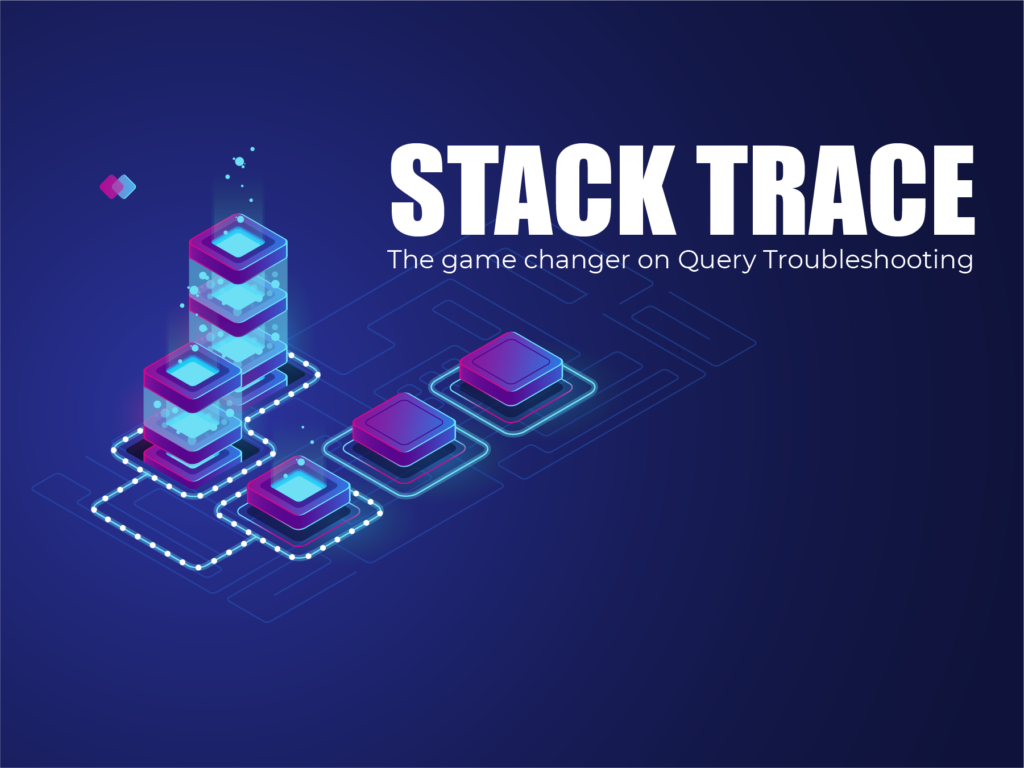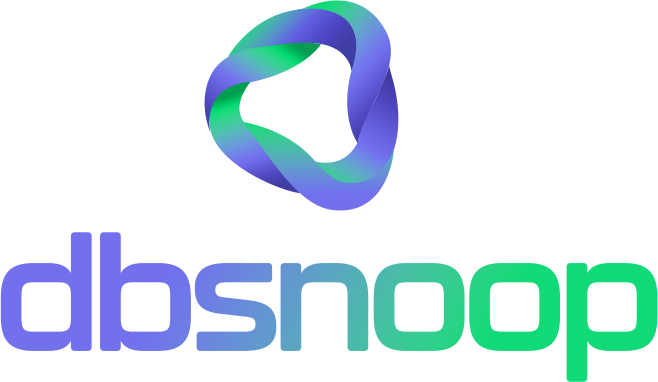

How many times has your team spent hours trying to trace the origin of a query? The database slows down, CPU usage spikes, alerts go off—but the history shows no clear source of the issue. Not knowing the exact point in the application that triggered the anomaly turns troubleshooting into guesswork. And every lost minute is costly: in productivity, availability, revenue—and sanity.
Now imagine seeing, in real time, the stack trace of every executed query. Having access to the full route that led to the SQL instruction: including the code snippet, request origin, and execution context. This is more than visibility. It’s decision-making power.
In this article, you’ll learn how the query stack trace feature, now part of the dbsnOOp platform, is transforming diagnostics in high-demand database environments.
Why Knowing the Query Origin Changes Everything
Seeing a heavy query running is just the surface. Without the stack trace, one key question remains unanswered: who triggered this query—and why?
With that answer, you gain:
- Faster troubleshooting times
- Ability to speak to application teams with concrete data
- Identification of misuse patterns
- Clear prioritization of fixes based on real impact
This eliminates cross-team confusion and aligns everyone on the same goal: efficient resolution.
More importantly, understanding the origin lets you categorize and mitigate risks faster. For instance, if one function generates multiple heavy queries, you may need to restructure data access—not just optimize SQL.

What Makes Query Stack Trace a Game Changer
With dbsnOOp’s query stack trace, you can:
- Visualize the full execution path that led to a query
- See which endpoint, function, or microservice initiated the request
- Correlate with historical execution data to detect patterns
- Receive AI-driven suggestions based on frequency and query load
Additionally, dbsnOOp’s interface allows you to navigate the stack interactively. You can identify intermediate functions passing incorrect parameters, redundant calls, or oversized result sets. This turns query analysis into an evidence-driven journey.
Integration with Devs and QA
Another major benefit is the ability to share specific parts of the stack trace with developers and QA teams. dbsnOOp lets you export these details in report-ready formats for QA tickets, bug tracking, and technical documentation. Alignment between DBAs, DevOps, and developers has never been faster.
Real-World Impact Examples
In one recent case, an SRE team dealt with performance degradation in a critical service. With query stack trace, they discovered a code refactor had moved a previously asynchronous call to a blocking point. The query itself was lightweight—but now it ran excessively.
Thanks to precise origin tracking, the fix took minutes—not days.
In another case, a fintech company suffered unpredictable latency spikes. Using the stack trace, the team identified a third-party SDK dependency that was generating duplicate database calls under high concurrency. Fixing the SDK avoided infrastructure rework and ensured stability during peak times.

How to Start Using It in Your Workflow
- Make sure your team has the stack trace feature activated in dbsnOOp
- Brief dev teams on how to read and use the generated traces
- Use the data to guide context-aware fixes
- Integrate stack trace analysis into your QA pipeline to prevent silent regressions
- Document common patterns to speed up onboarding and future diagnostics
If possible, create an internal playbook with examples of incidents solved using stack trace. This helps democratize knowledge and avoid silos.
A New Era for Troubleshooting
Diagnosing performance issues no longer needs to be detective work. With dbsnOOp’s query stack trace, you get direct access to the real source of each bottleneck—so you can act fast and with precision.
Contextual visibility changes the entire support and maintenance dynamic. You move from reactive to proactive—creating alerts based on critical code paths.
If you want to bring your database operations to a new level of maturity, it’s no longer enough to see what’s happening. You need to know where it came from. And now, you can.
Schedule a demo here.
Learn more about dbsnOOp!
Learn about database monitoring with advanced tools here.
Visit our YouTube channel to learn about the platform and watch tutorials.


